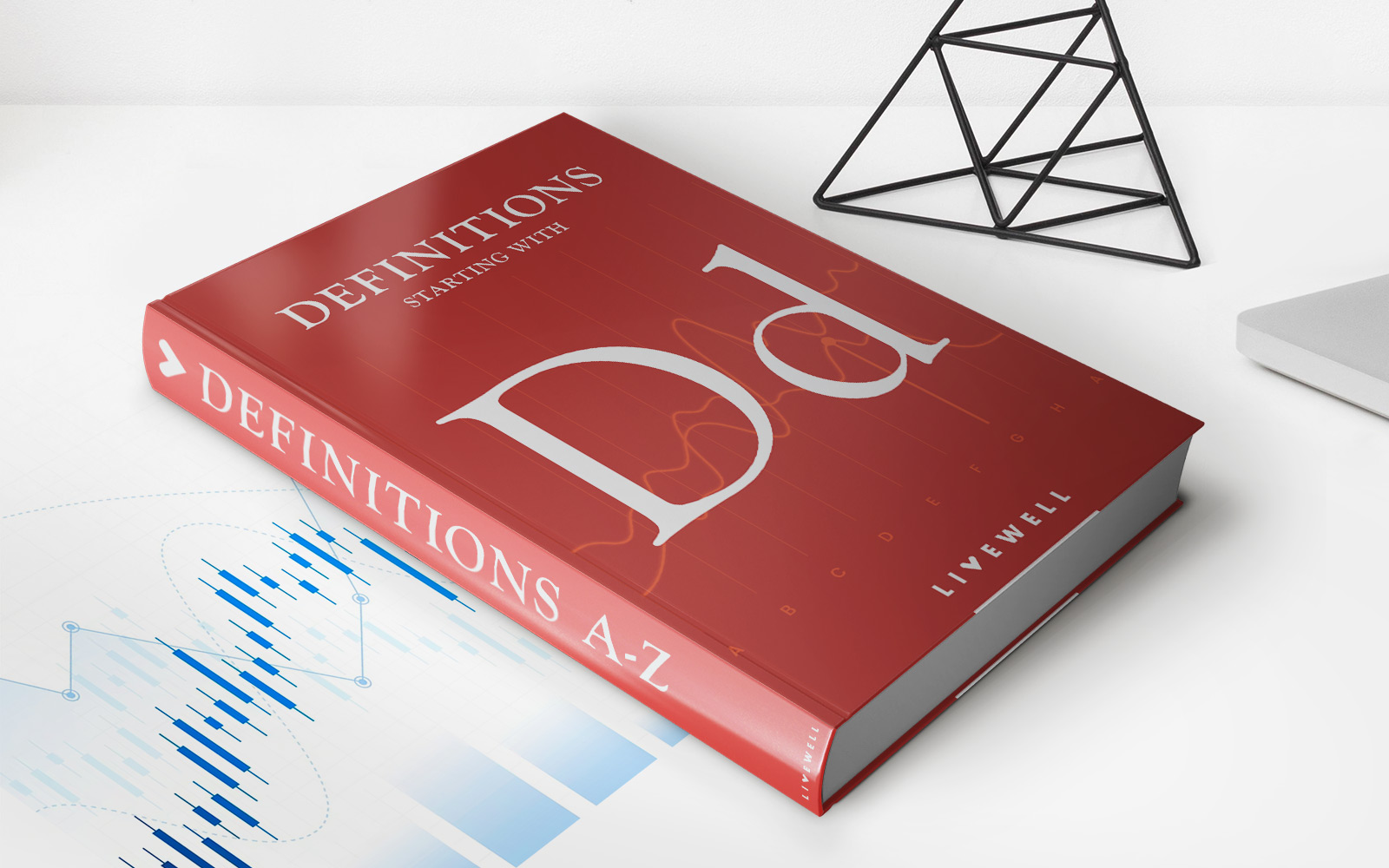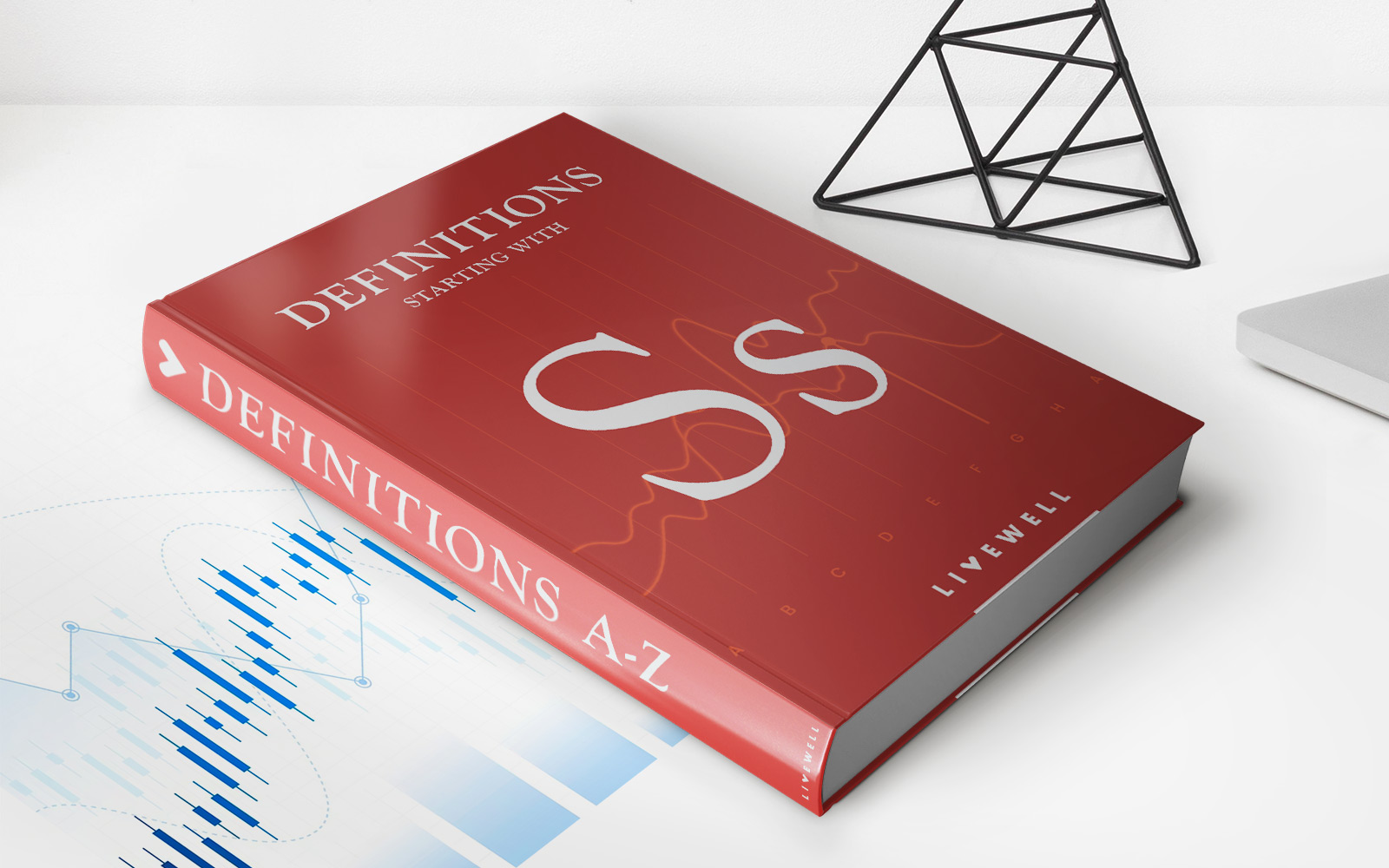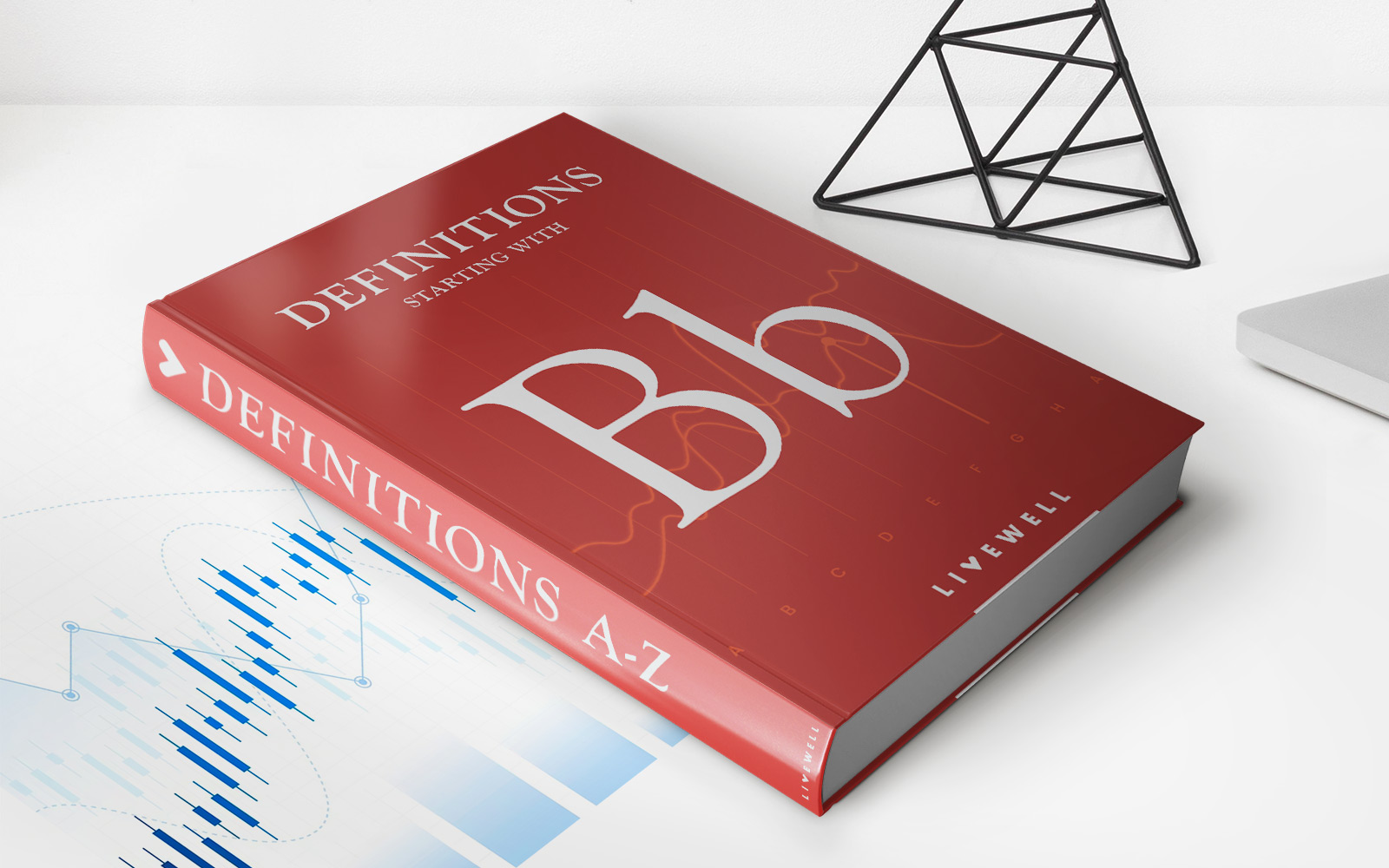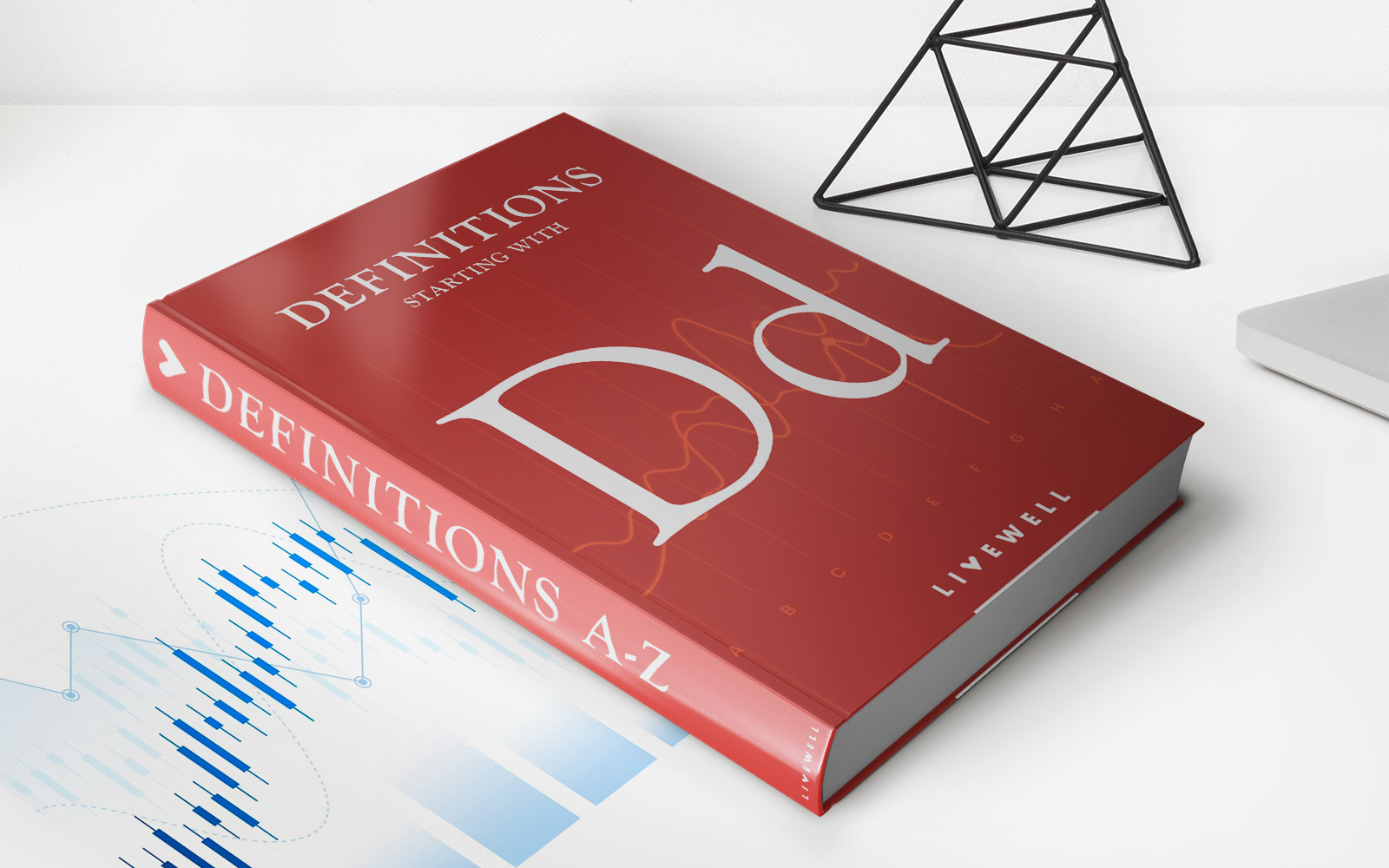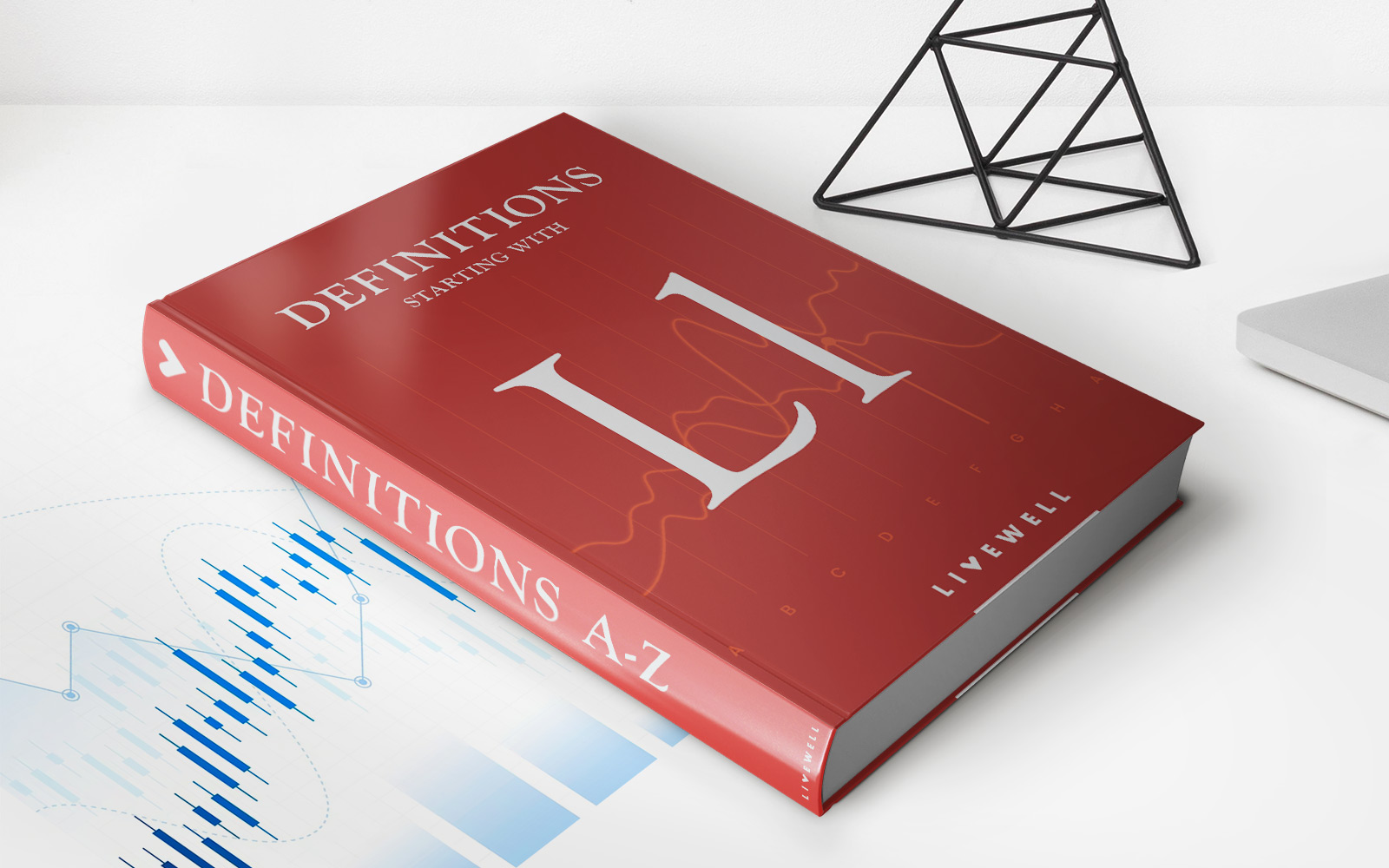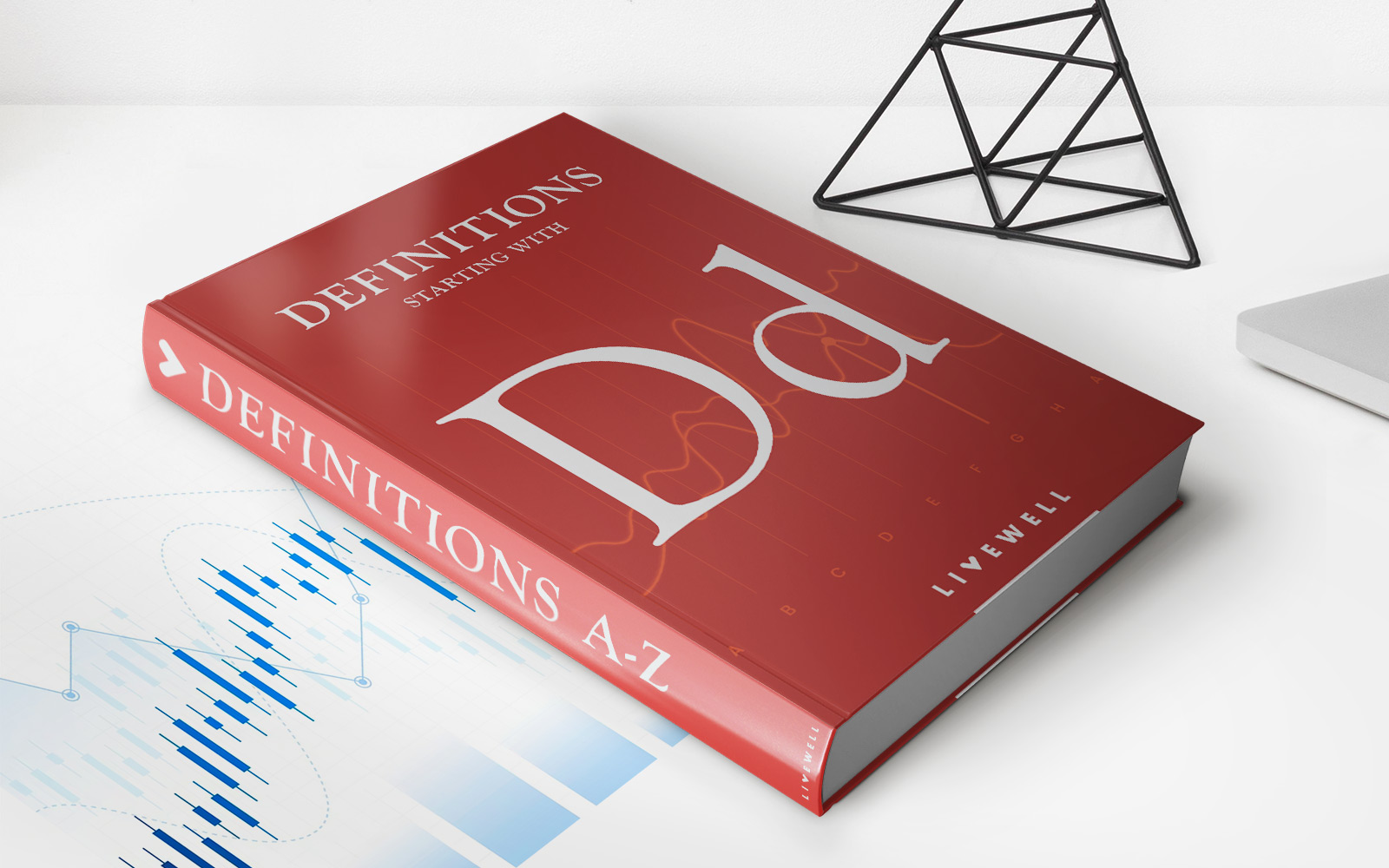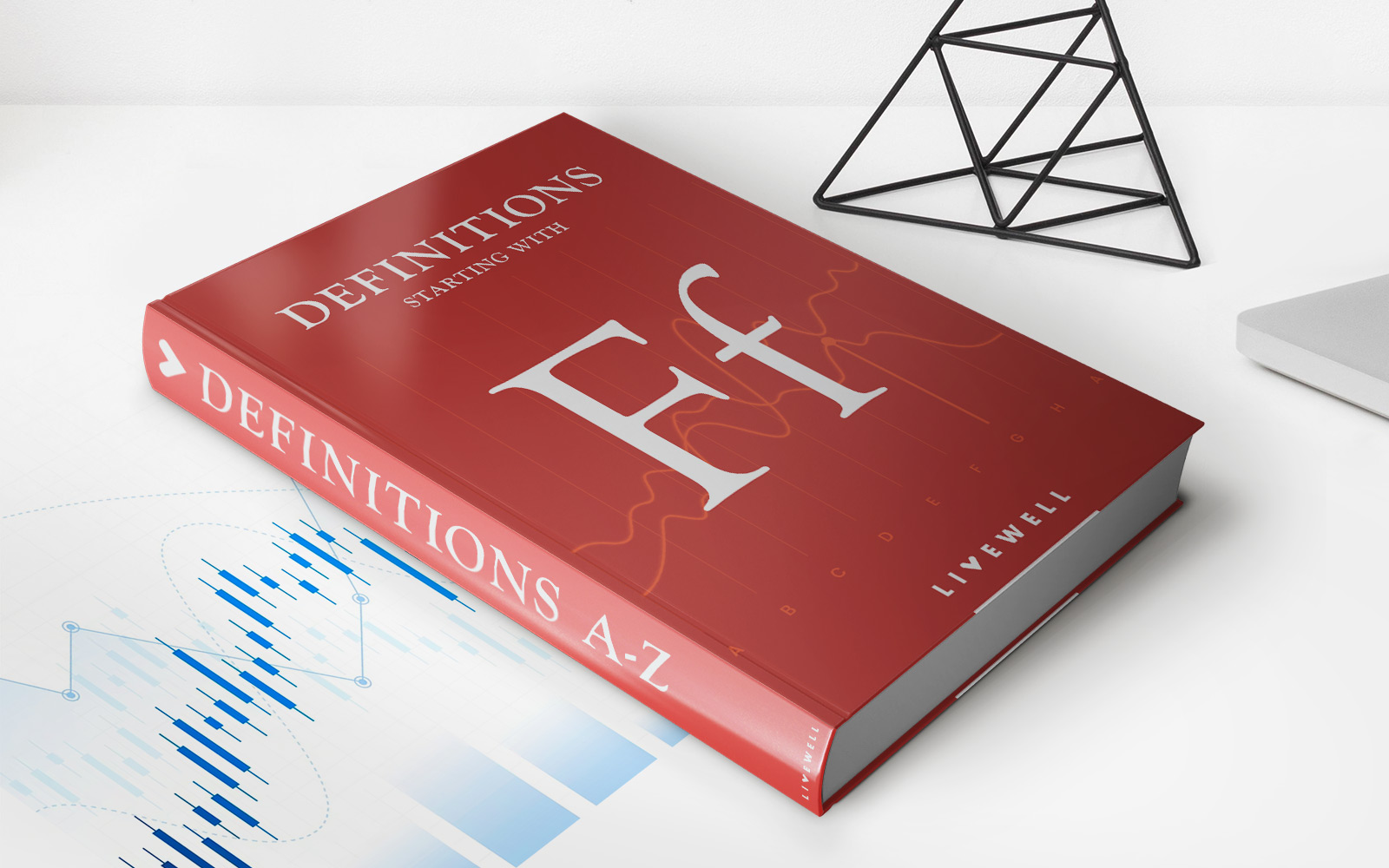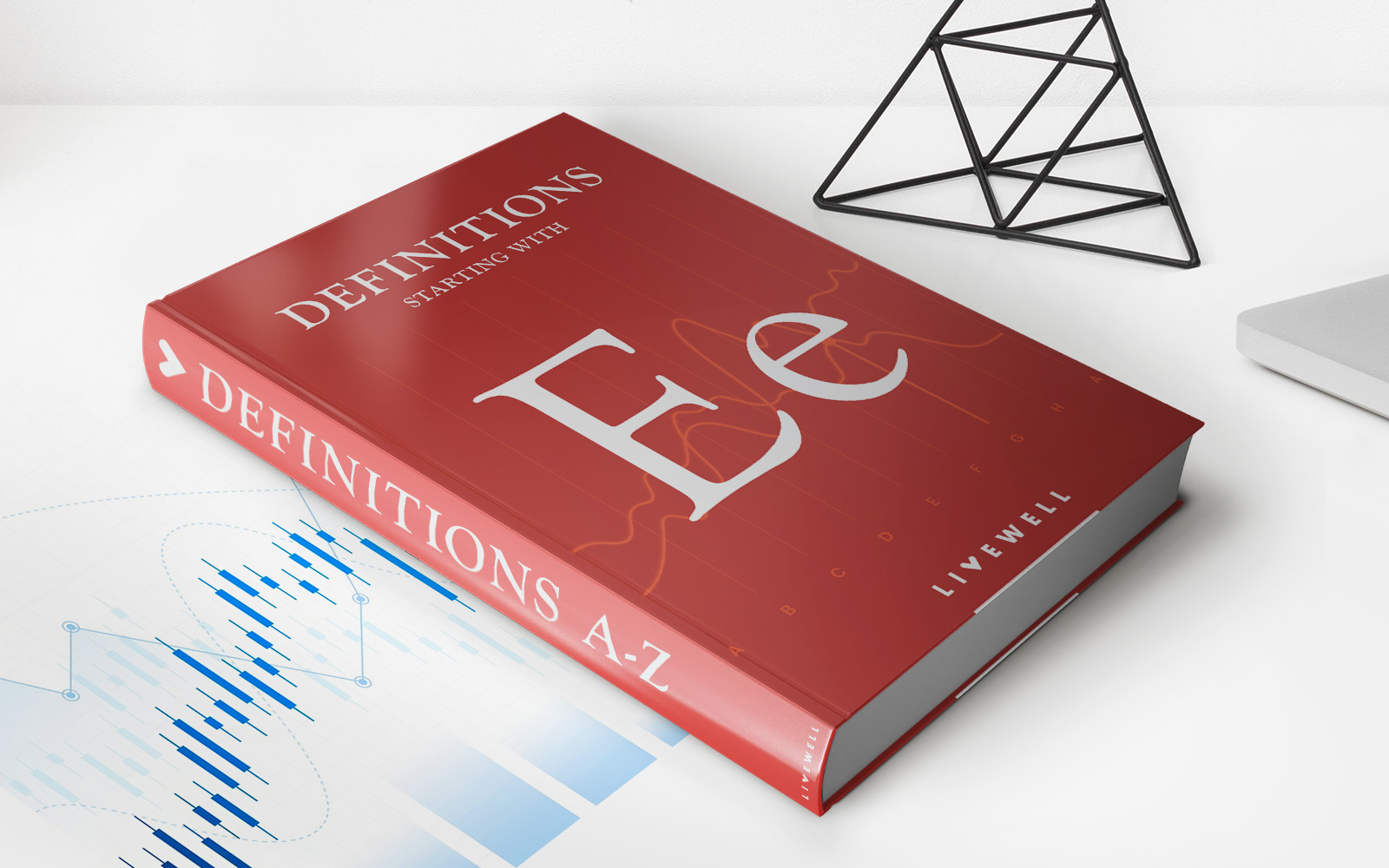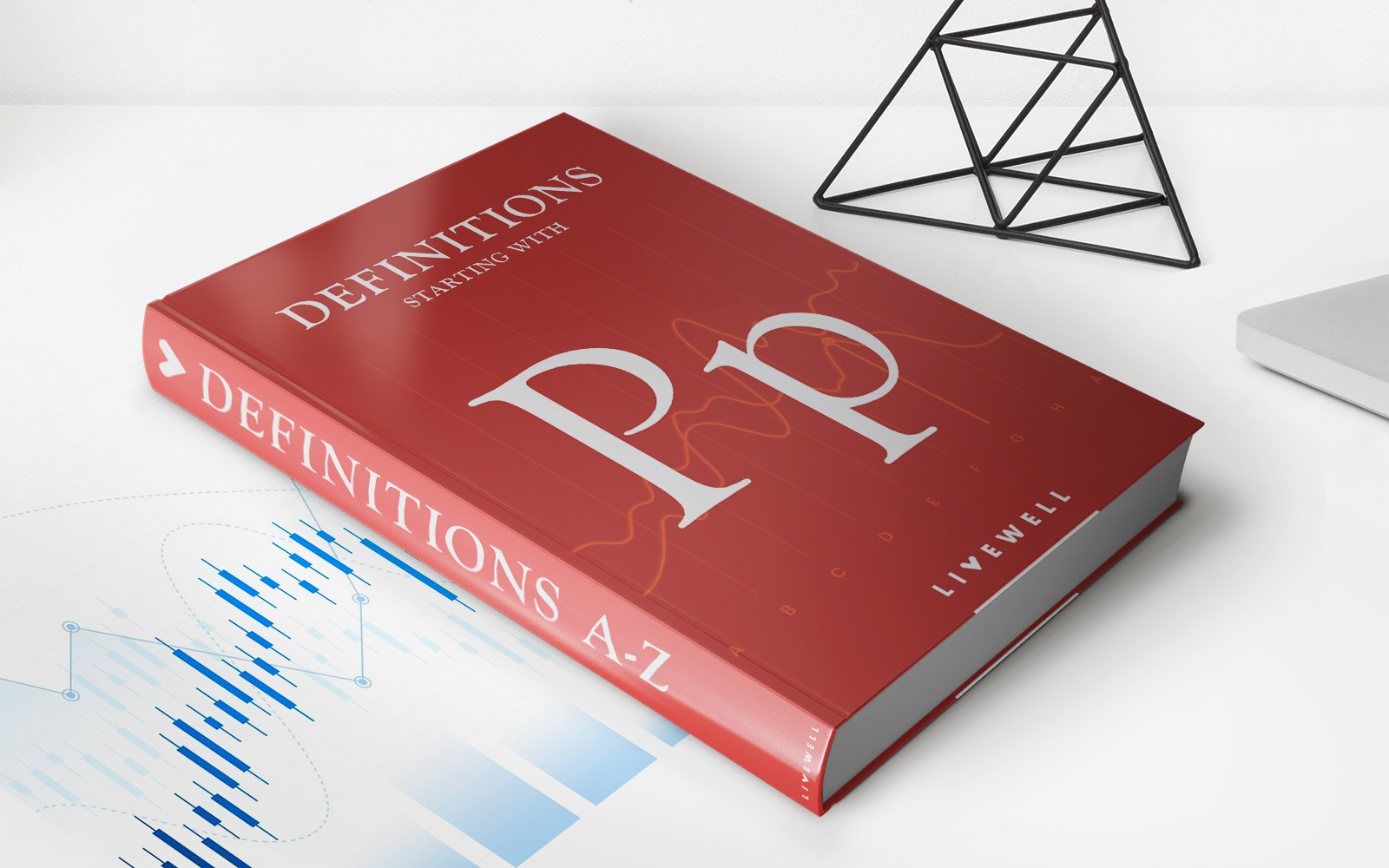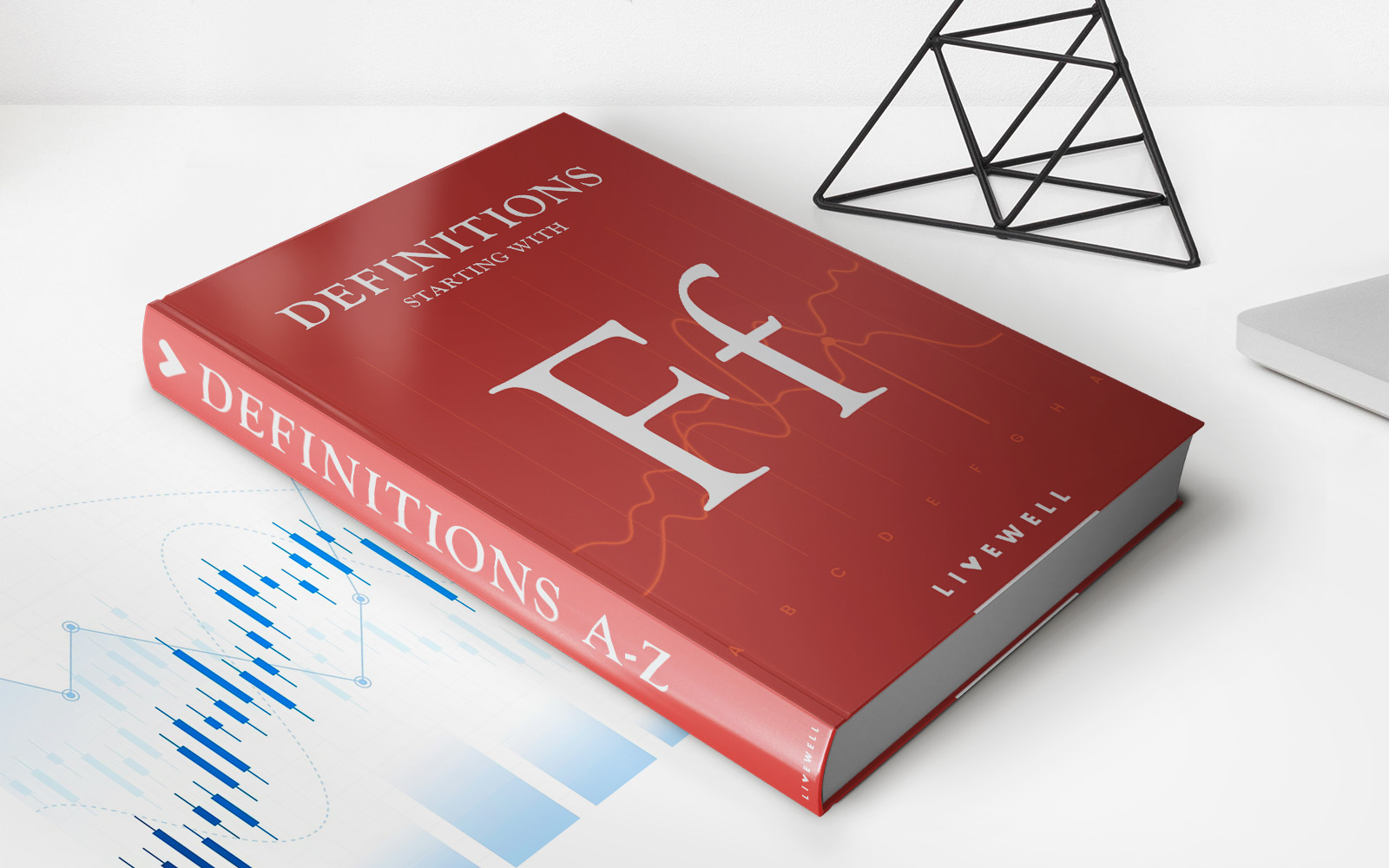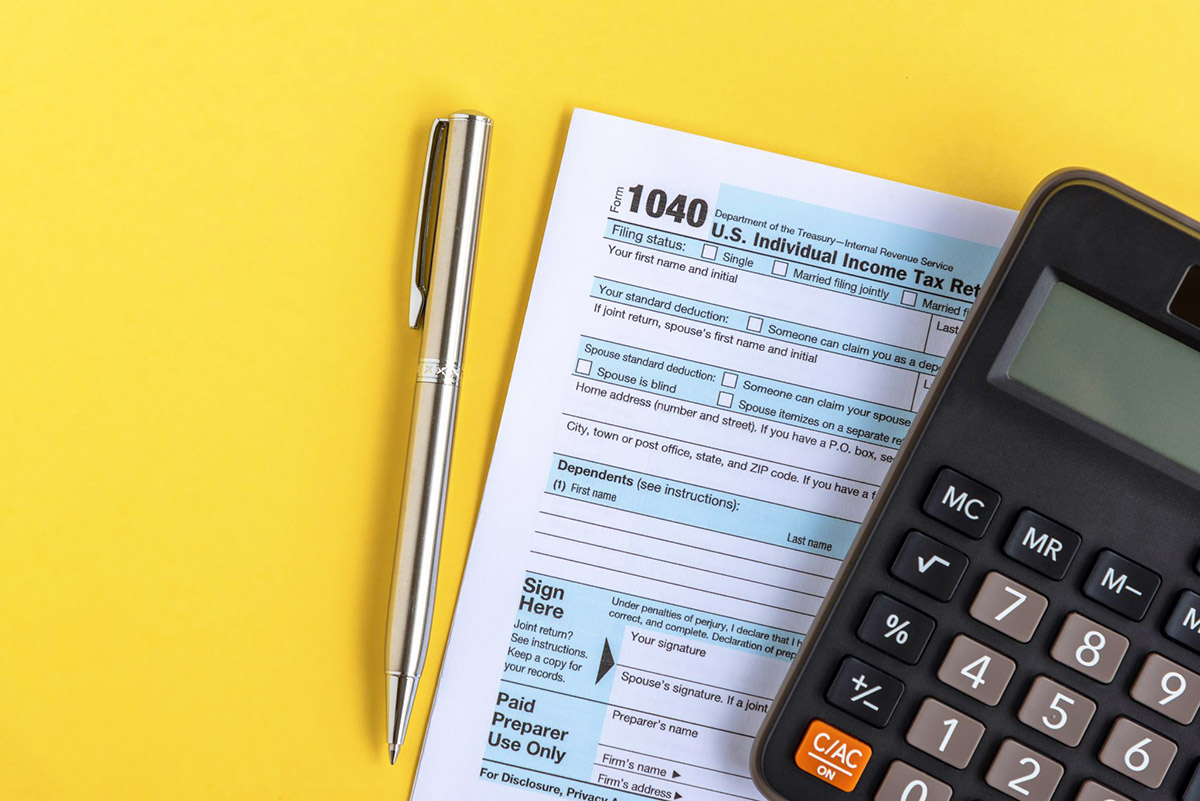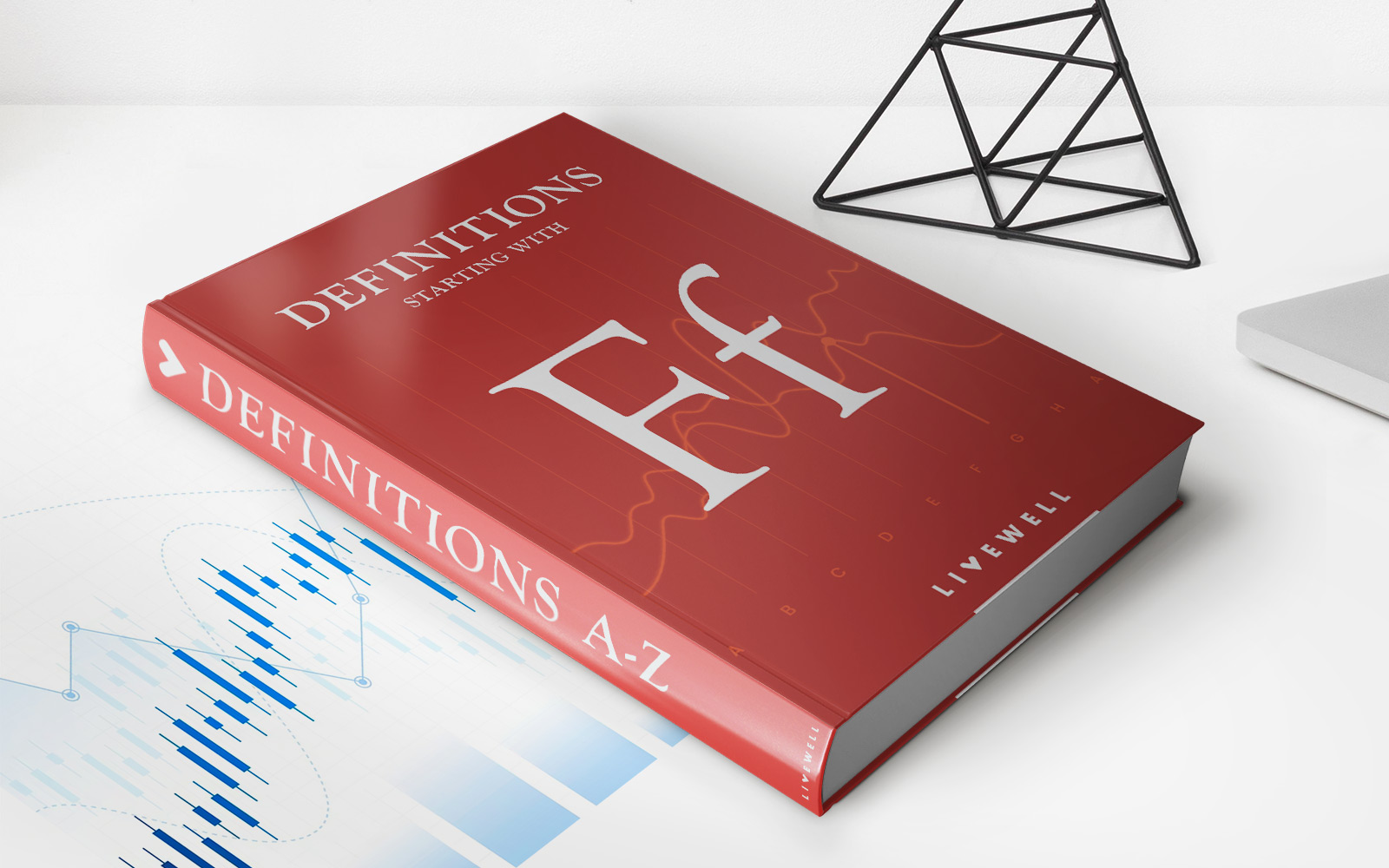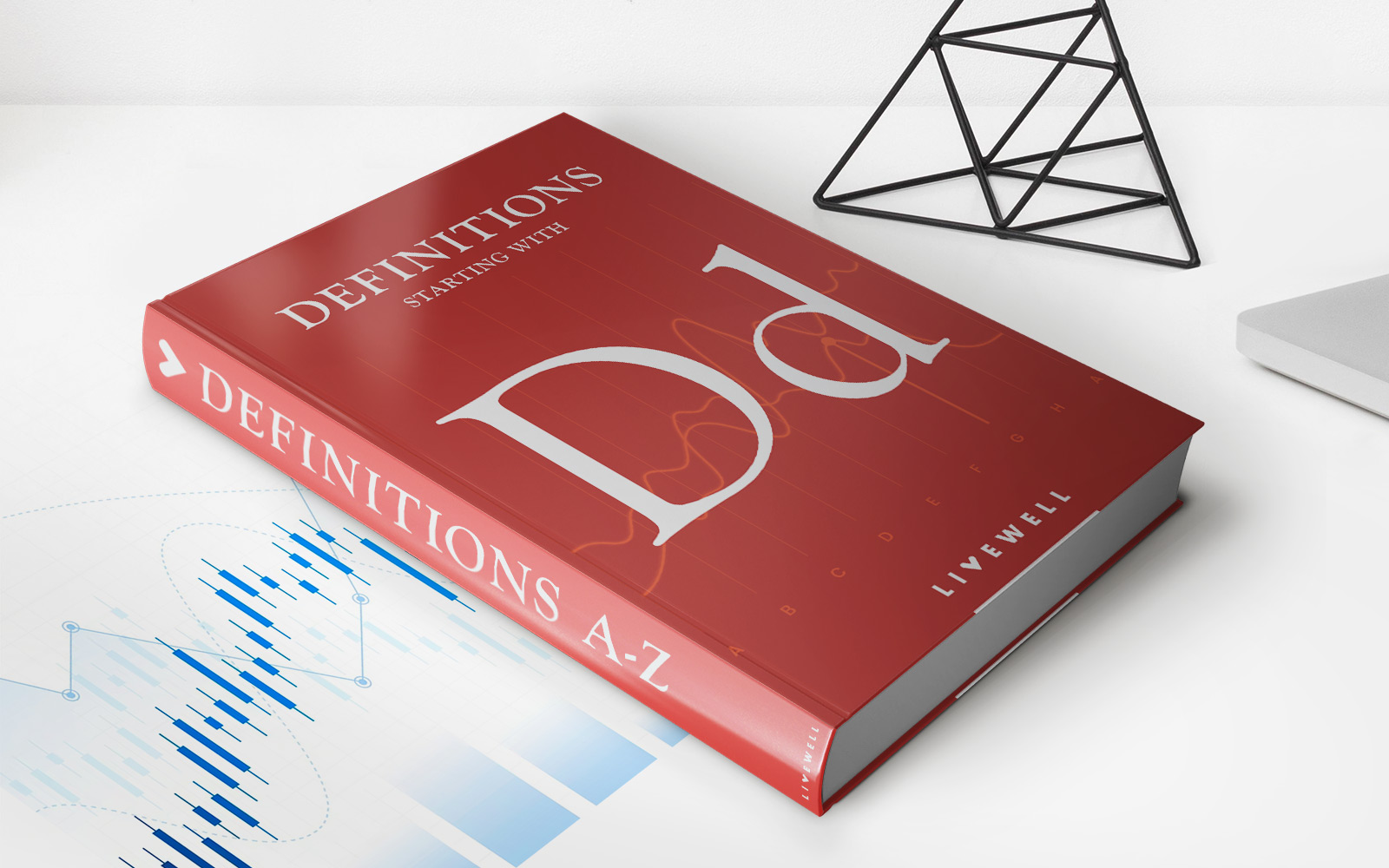

Finance
Dual Exchange Rate Definition
Published: November 14, 2023
Learn about the dual exchange rate system in finance and understand its definition. Explore how it impacts global economies and currency fluctuations.
(Many of the links in this article redirect to a specific reviewed product. Your purchase of these products through affiliate links helps to generate commission for LiveWell, at no extra cost. Learn more)
Understanding Dual Exchange Rate Definition and its Significance in Finance
Welcome to our Finance Blog! Today we are diving into a fascinating topic that holds great importance in the field of finance – the Dual Exchange Rate. If you’ve ever wondered what it is and why it matters, you’ve come to the right place.
Key Takeaways:
- Dual Exchange Rate Definition: A system where a country uses two different exchange rates, one for official transactions and the other for non-official or market-driven transactions.
- Significance: Dual exchange rates can have significant implications on a country’s economy, international trade, and foreign investments.
Now, let’s dig deeper and explore the concept of the dual exchange rate.
In simple terms, a dual exchange rate is a system implemented by a country where two different exchange rates are utilized. The first rate is typically set by the government or central bank and is used for official or authorized transactions, such as foreign direct investments, government transactions, and international trade contracts. This rate is often referred to as the “official rate.” On the other hand, the second exchange rate is market-driven and is determined by supply and demand forces, reflecting the true value of the currency. This rate is typically used for non-official transactions or transactions carried out in the informal market.
So, why does this concept of dual exchange rates exist? There are a few reasons:
- Capital Control: Governments sometimes implement dual exchange rates to control capital flows within the country. By having two rates, they can encourage or discourage certain types of transactions.
- Economic Stability: Dual exchange rates can be a tool to stabilize a country’s economy. The official rate can be used to maintain stability in essential sectors, while the market-driven rate allows the currency to find its true market value.
- Black Market Suppression: By setting an artificially low official rate, governments can deter the creation of a black market for currency exchange.
The existence of dual exchange rates can have significant effects on a country’s economy and international trade. Here are a few key takeaways:
- Exchange Rate Manipulation: Governments with dual exchange rate systems have the ability to manipulate currency values through direct interventions in the foreign exchange market.
- Investment Decisions: The dual exchange rate system can impact the decisions of foreign investors, as the officially determined rate may not accurately reflect the actual value of the currency.
- Trade Imbalances: Dual exchange rates can create trade imbalances between countries, as the official rate might distort the true value of a country’s exports and imports.
In conclusion, the concept of dual exchange rate plays a significant role in the world of finance. It is crucial to understand as it affects capital flows, economic stability, and international trade dynamics. Governments implement dual exchange rate systems for various reasons, and its impact can be far-reaching.
Stay tuned for more informative articles on finance and other exciting topics. Thank you for joining us today!
